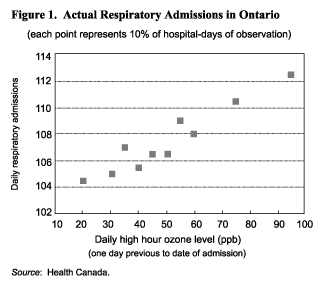



What is Air Pollution?
Most air pollution is caused by the fossil fuels we burn in our vehicles, homes, thermal power plants and industry factories.
Many chemicals have been identified in urban air pollution. These pollutants include nitrogen oxides (NOx), carbon monoxide (CO), sulphur dioxide (SO2), particulate matter (PM) and volatile organic compounds (VOC). When some of them combine, they produce smog or acid rain.

Smog is the most visible form of air pollution. Ground-level ozone, the major component of smog, is formed when nitrogen oxides (NOx) and volatile organic compounds (VOC) react in the presence of warm temperatures and sunlight. Another key element of smog is particulate matter.
Acid rain is caused by pollutants such as sulphur dioxide and nitrogen oxides, which are converted chemically in the atmosphere to sulphuric acid and nitric acid. Diluted forms of these acids fall to earth as rain, hail, drizzle, freezing rain or snow, or are deposited as acid gas or dust.
Once released into the atmopsphere, acidic pollutants can be transported long distances. For example, more than 50% of acid rain in eastern Canada comes from sources in the United States.
Changes in soil chemistry caused by acid rain may be responsible for a decline in soil nutrients in certain forest ecosystems, resulting in slower growth rates and increased death rates in trees.
Why Should We Be Concerned?
Air pollution has serious human health effects. People with respiratory problems such as asthma and broncitis, children, and the elderly are particularly at risk. Even healthy people who exercise vigorously outdoors in urban areas are vulnerable.
People living in the north who rely on local wildlife as a source of food are also at risk. This is due to toxic substances and heavy metals being transported long distances in the atmosphere and accumulating in ecosystems.
Occurrence of prematurely death each year from the effects of air pollution are quite considerable. Many of these premature deaths are caused by fine particulates, ground-level ozone and other pollutants that are inhaled deep into the lungs.
New research is showing that there appears to be no safe level of human exposure to particulates or ground-level ozone. The research also suggests that nitrogen oxide, sulphur dioxide and carbon monoxide may not have safe lower levels either.
Air pollution also increases emergency room visits, and cardiac and respiratory hospital admissions.
The benefits of reducing smog in our major cities is estimated to be at least $10B annually.
Air pollution is also taking its toll on the environment.
- Over 300,000 lakes are vulnerable, and more than 14,000 are acidified, supporting only primitive lifeforms.
- It is estimated that damage to the ozone layer reduces commercial crop productivity in Ontario by $70 million per year.